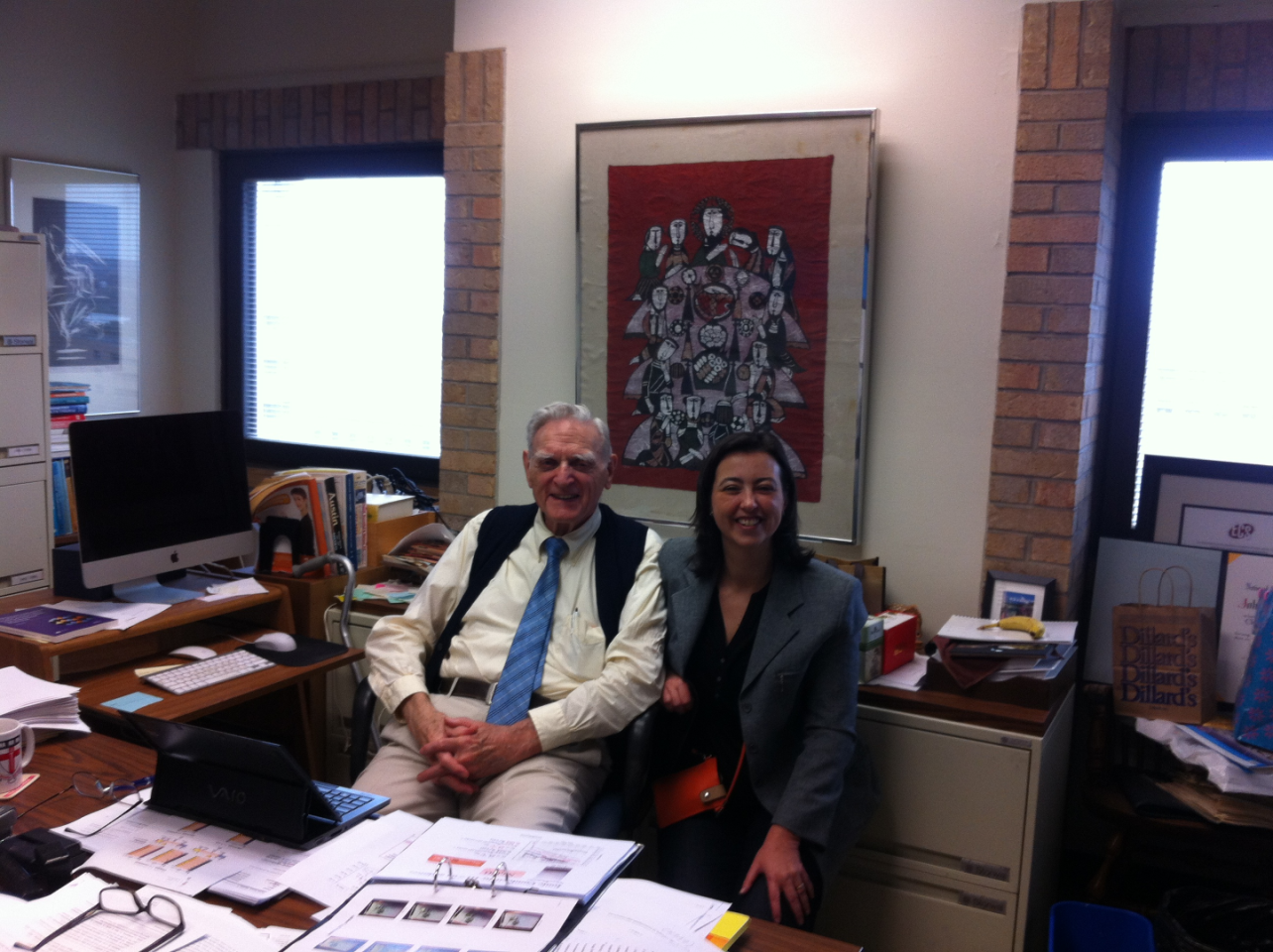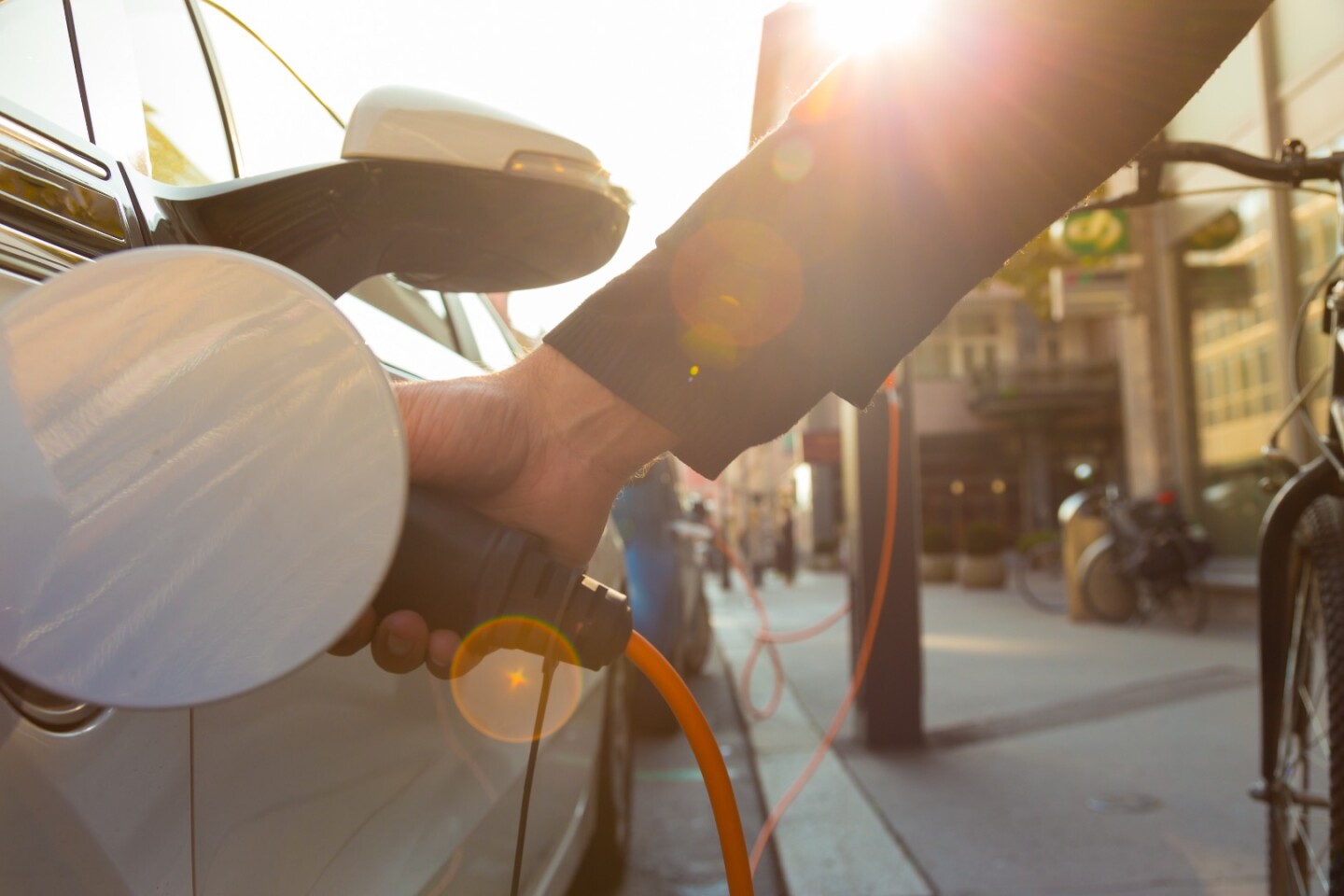He's the 94-year-old co-inventor of the lithium-ion battery. She's a physicist with a less than conventional idea of building a better battery. Together, can they develop the technology that will finally deliver us from our dependence on fossil fuels and kickstart the promised electric vehicle (EV) revolution?
In 2014, Maria Helena Braga, a physicist at the University of Porto, published a paper on a novel type of superionic glasses that could solve the problems preventing solid electrolytes from being used in commercial batteries: their poor ionic conductivity at acceptable temperatures and lack of stability with respect to the metal.
The paper attracted the attention of several companies who were interested in commercializing the glasses. Among those who approached her was Andrew Murchison, an executive from energy storage start-up Pathion, who was working with the esteemed solid-state physicist John Goodenough at the University of Texas at Austin (UT) on a project for the Advanced Research Projects Agency-Energy (ARPA-E).
One last big idea
Despite being responsible for one of the most revolutionary inventions in modern history – the lithium-cobalt-oxide cathode, the key breakthrough that made it possible for the lithium-ion battery to become as ubiquitous as it is today – batteries have never left Goodenough's mind. On his to-do list: Invent a battery that will end our dependence on fossil fuels.
Murchison told the professor about Braga's work, one thing led to another and within a year, she was at the university putting her glasses through the exacting paces of his lab. Since glass is synthesized with water, everyone was initially skeptical about how well it would work with lithium, a metal that reacts violently with water, she recalls.
"In the beginning, we had to prove how the glass worked every time we [were in the lab]," she tells New Atlas. She would fly to Austin and work in the lab for at least a week every month over the course of a year. Her time as a guest researcher in Goodenough's lab allowed her to have a better idea of the stoichiometry of the different elements in the glass – a process by which a balanced chemical equation is used to predict the amount of reactants and resulting products. This in turn enabled her to simulate different glasses to understand their properties and develop a new and better glassy electrolyte.

A better battery?
The resulting proof-of-concept is one that looks like a game changer – on paper, at least. Affordable? Check. Safe? Check. Long battery life, high volumetric energy density, and fast charging rates? Triple check that.
Unlike liquid electrolytes – the cause of many an exploding smartphone and hovercraft – the glass electrolyte in the new battery technology doesn't carry the risk of overheating or exploding. According to the researchers, the glass battery has three times the energy density of a comparable lithium-ion battery and early tests have shown the cells are capable of 1,200 charge-discharge cycles with low resistance, which bodes well for a battery with a longer cycle life.
Another noteworthy feature is that the glass electrolytes are able to perform well between -20° and 60° C (-4 and 140° F), meaning that an EV with this battery should be able to operate in subzero weather and extreme heat without compromising fuel efficiency, unlike conventional lithium-ion batteries.
There's also a sustainable element to the battery in that the glass electrolytes can be doped with sodium – yes, even the seawater variety – instead of lithium, thus avoiding the harmful environmental effects associated with the metal mining process.
Finally, while scant details are available about this aspect of the technology, the battery can also double up as a supercapacitor, as outlined by this patent application (there are more coming, say the researchers). According to the document, the device will have two autonomous modes, with the supercapacitor function being capable of storing "more energy than any other known capacitor" and having a burst discharge of one second or less.

First impressions
Since news of this new battery technology began making its rounds, it's piqued the curiosity of leading battery experts – Goodenough's name alone ensures this. Donald Sadoway, an esteemed MIT materials science and engineering professor puts it best. "When John Goodenough makes an announcement, I pay attention," he tells IEEESpectrum. "He's tops in the field and really a fantastic scientist. So, his pronouncements are worth listening to."
Battery expert Michel Armand of energy research center CIC Energigune, is no stranger to the transformative potential of Goodenough's discoveries. After all, he was the first to recognize the potential of lithium iron phosphate – another breakthrough from the senior scientist's lab – back when it was just the subject of an academic paper. He event went so far as to take the first flight out to Austin to secure the North American rights to the compound for Hydro-Québec, the company he was consulting for at the time. This time, his response is more neutral.
"The Braga-Goodenough materials come as a surprise considering their high conductivity and the ease of fabrication even at low temperature, from the simplest chemicals, lithium hydroxide and lithium chloride," he tells New Atlas. "The papers are however written in a strange manner, and I would like to see a more conventional study with phase diagram, conductivity with various dopants, the voltage stability window and an experimental battery."
Sadoway for his part, says he is less concerned about how quickly the battery charges and would like to know instead how well it can retain its energy. "My big question is about capacity fade and service lifetime," he says in the same IEEE report.

Major piece of news
On another note, as innovative as the technology may be, industry analysts predict we might have to wait a long time for a battery like this to make its way to the market.
Lorenzo Grande of research firm IDTechEx, tells us that it's going to take at least 10 years given that the battery is still only at lab scale but adds that manufacturing processes will eventually catch up. He predicts the solid-state battery market is expected to reach US$7 billion by 2027 and points to various developments in the market, such as Toyota's announcement that it is testing a golf cart entirely powered by an inorganic solid-state Li-ion battery. "Despite modest performance (200 Wh/L), this is a major piece of news for the automotive world, with companies like BMW and Hyundai already looking into this topic," he points out.
Chris Robinson at LUX Research is less optimistic. "This will have no tangible effect on electric vehicle adoption in the next 15 years, if it does at all," he tells the blog, North American Energy News, citing the lack of a scalable and cost-effective manufacturing process. Even if EV manufacturers do eventually turn to solid-state batteries, those with polymer electrolytes will probably make their debut first as they are easier to manufacture at scale, he adds.
On his end, Goodenough is not particularly bothered by any of these remarks. He's got his eye on the prize – and that is to end his career with one last invention that will benefit society.
He and his team are in the process of filing several more patents and according to IEEE Spectrum, he says the anode and electrolyte of the new battery "are more or less ready for prime time." All that's left is to figure out how to make the cathode that will bring this technology mainstream. After that, it's over to the battery manufacturers to get it ready it for commercial development.
And then his work will finally be done.
The study is published in Energy and Environmental Science.







